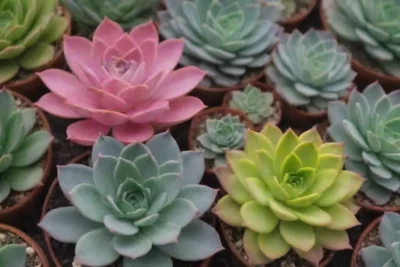
Top 10 Most Valuable Rare Succulents Worth Collecting
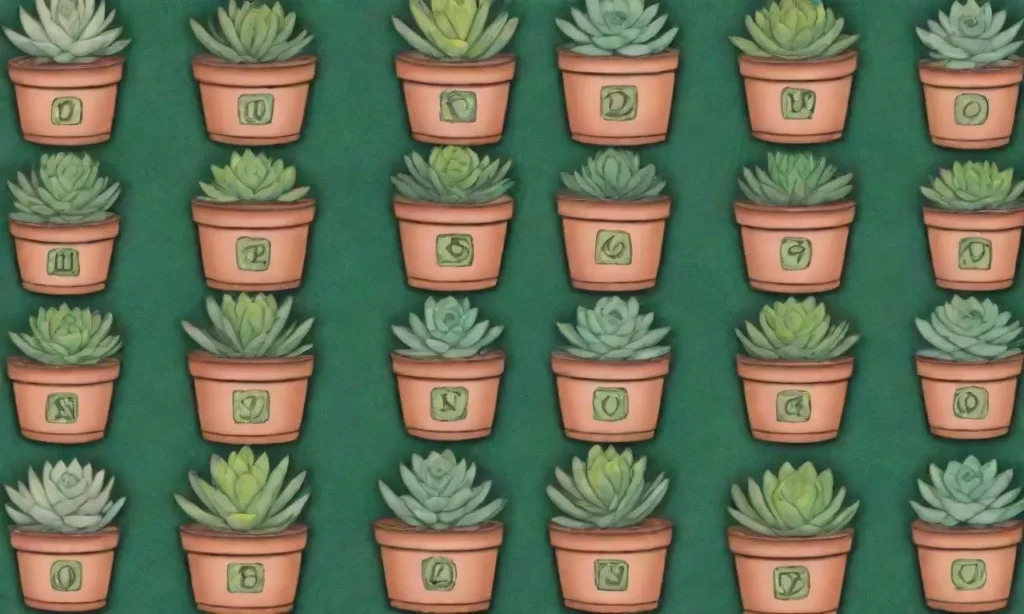
Introduction
Succulents have taken the gardening world by storm in recent years, becoming increasingly popular among plant enthusiasts and hobbyists alike. Known for their ability to store water in their leaves, stems, and roots, succulents are not only low-maintenance but are also visually stunning—ranging from the smallest jade plants to significant agaves and aloes with breathtaking forms. Their diversity in color, texture, and shape makes them a favorite for many, particularly those who appreciate the subtle beauty of nature.
In this article, we will delve into the top 10 most valuable rare succulents that are worthy of collecting. As many succulent collectors will tell you, some plants can appreciate in value over time, making them both a beautiful addition to your home and a potential investment. Along with their allure, we will cover essential tips on how to care for these rare gems, ensuring that they remain healthy and vibrant in your collection.
1. Haworthia truncata
Haworthia truncata, commonly known as the "Pencil Haworthia" or "Soap Stone Plant," is a compact and unique succulent characterized by its flat, truncate leaves that resemble a stack of coins or pencils. The leaves are thick, fleshy, and often have a translucent surface which captivates many collectors. This rare succulent peppers the landscape with its fascinating shapes and designs, often boasting intricate serrations on its edges.
Despite its exotic appearance, Haworthia truncata is surprisingly easy to care for, requiring minimal maintenance. It thrives in bright, indirect sunlight and prefers well-draining soil to prevent root rot. Additionally, this succulent prefers to be watered sparingly, allowing the soil to dry out between waterings. Its rarity and distinct appearance make it a must-have for any serious succulent collector, often fetching prices that can reach several hundred dollars, especially for larger specimens.
2. Lithops
Also known as "Living Stones," Lithops are fascinating little succulents that mimic the appearance of pebbles in their natural habitat. Found primarily in arid regions of southern Africa, these quirky plants have evolved to blend in with their environment, making them look more like stones than plants—a brilliant adaptation for survival. With their captivating range of colors and patterns, Lithops can vary dramatically between species, with some sporting intricate and stunning designs.
Growing Lithops requires understanding their specific needs. They thrive in well-draining soil and prefer bright light, but they do best in helpful dappled conditions to protect them from harsh afternoon sun. Watering can pose a challenge, as too much moisture can lead to rot—ideally, Lithops should only be watered when their bodies have shrunk and the leaves are starting to wrinkle. Collectors of Lithops often pay premium prices for rare varieties, with some specimens going for over a thousand dollars based on rarity and uniqueness.
3. Echeveria 'Lola'
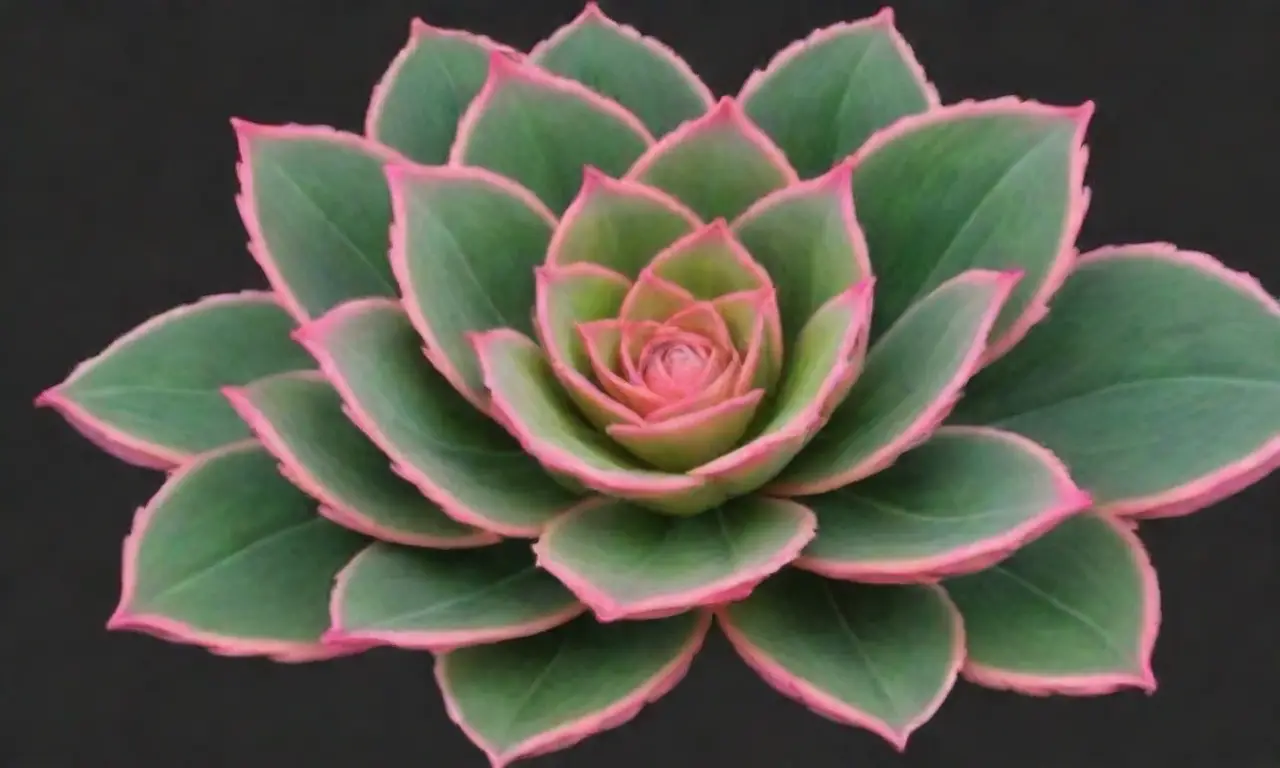
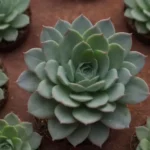 The Ultimate Guide to Detecting Rare Succulent Species Quickly
The Ultimate Guide to Detecting Rare Succulent Species QuicklyThe Echeveria 'Lola' is a hybrid succulent known for its striking rosette structure and beautiful pastel colors ranging from pale lavender to pink. Its attractive form and adaptability make it a favorite among collectors and gardeners alike. The 'Lola' variety is particularly sought after because of its aesthetic appeal, making it a popular choice for decorative arrangements and succulent gardens.
Care for Echeveria 'Lola' is relatively straightforward; it prefers bright, indirect sunlight and well-draining soil. Additionally, it requires intermittent watering—allowing the soil to dry out between waterings is crucial to avoid overwatering. Collectors admire this variety not only for its beauty but also for its unique rosettes that can develop stunning coloring under proper care. Prices for Echeveria 'Lola' can vary, with rarer forms selling for upwards of fifty dollars.
4. Agave titanota
Often referred to as the "Frosty Agave," Agave titanota is a magnificent succulent with rigid, spiky leaves that are greyish-green adorned with white fibers. This species has garnered attention because of its striking silhouette and ability to thrive in a variety of conditions. Its robustness makes it appealing both as a landscape plant and for indoor enthusiasts, while its rarity inflates its market price.
Grown primarily in the rocky deserts of Mexico, Agave titanota is drought-tolerant—requiring bright sunlight and very little water. The care should include a well-draining potting mix, as it is essential to avoid waterlogged conditions that lead to rot. The rarity and beauty of Agave titanota make it a showstopper in the succulent community, often commanding prices that can start in the low hundreds and increase significantly based on size and specimen condition.
5. Aloe polyphylla
The Aloe polyphylla, commonly known as the "Spiral Aloe," is another sought-after succulent prized for its stunning spiral growth habit. Unlike most varieties, which tend to grow in a flat rosette form, this beautiful succulent showcases its leaves in a perfect spiral formation, creating a visual spectacle. Native to the mountainous regions of Lesotho, South Africa, it requires specific environmental conditions to thrive.
To grow Aloe polyphylla successfully, it is crucial to provide a well-draining potting mix and plenty of light—preferably full sun to partial shade conditions. Watering should be cautious, given its susceptibility to root rot, and ideally, it should be allowed to dry out completely between waterings. Given its unique spiral shape and rarity, this stunning plant can fetch upwards of several hundred dollars, attracting collectors from all over the world.
6. Conophytum
These small, fascinating succulents possess remarkable forms that can look like tiny rocks or stones. Conophytum is native to southern Africa and includes numerous species that vary in appearance and color. Most feature a pair of fleshy leaves that emerge from a central point, often colorful and patterned, with flowers that appear after a period of dormancy.
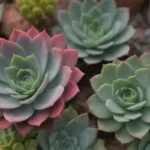 Rare Succulents: Top 10 Uncommon Varieties to Discover Today
Rare Succulents: Top 10 Uncommon Varieties to Discover TodayCare for Conophytum can be challenging, as these succulents require precise conditions to thrive. They demand dry conditions and prefer hot, bright environments with a light shade in the hottest months. Additionally, they should be watered sparingly during the growing season, usually in spring and fall, while keeping them dry during their dormancy in summer and winter. Their rarity and unusual shapes result in high market values, with some specimens costing over #500.
7. Adenium obesum ('Desert Rose')
The Adenium obesum, commonly known as the "Desert Rose," is an eye-catching succulent hailing from tropical regions. Its beautiful flowers bloom in various colors, including pink, red, and white, attracting plant lovers worldwide. The thick, swollen trunk and beautiful flower clusters provide collectors with an impressive miniature tree, generating significant interest in the plant world.
Though Desert Roses are beautiful, their care is specific; they require well-draining soil and plenty of sunlight. Water requirements remain moderate, where they should be watered thoroughly and allowed to dry out between waterings. Breeding programs for specific hybrids and colors have led to some varieties being exceptionally sought after, frequently selling for thousands of dollars, particularly for unique and double-flowered specimens.
8. Pachyphytum oviferum ('Moonstones')
Pachyphytum oviferum, commonly known as "Moonstones," is a rare succulent appreciated for its unique, plump, and egg-shaped leaves that come in a lovely pastel blue-green hue. This plant's ability to tolerate various conditions makes it ideal for collectors who adore its tranquil aesthetic and desirable color palette.
To ensure optimal growth for Moonstones, they thrive in bright, indirect sunlight, requiring a well-draining soil mixture. Watering should be minimal; avoiding excessive moisture is crucial for preventing root rot. These succulents can fetch a high price due to their rarity, often found in specialized nurseries and online retailers, with prices ranging from fifty to several hundred dollars depending on size and health.
9. Cotyledon orbiculata ('Pig's Ear')
The Cotyledon orbiculata, or "Pig's Ear," is a notable succulent featuring thick, rounded leaves and clusters of vibrant orange or red flowers. This remarkable plant is native to South Africa and loved for its striking silhouettes and hardiness. Collectors often seek it out both for its beauty and ease of maintenance.
The care for Pig's Ear involves providing it with bright, direct sunlight and soil that drains well, adhering to the same principles that apply to most succulents. Watering should be consistent yet cautious, as these plants prefer to dry out between watering sessions. The attractiveness and hardiness of this plant make it a favorite among collectors, with prices often sitting comfortably in the mid-range of thirty to one hundred dollars.
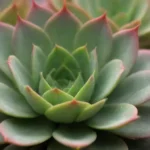 Rare Succulents and Their Unusual Color Variations Explained
Rare Succulents and Their Unusual Color Variations Explained10. Senecio mandraliscae
Also known as "Blue Chalk Sticks," the Senecio mandraliscae boasts a striking silhouette with its thick, fleshy leaves that grow erect and are adorned with a powdery blue hue. This succulent thrives in various environments and showcases beautiful cascading foliage, making it an attractive choice for hanging gardens or terrariums.
In terms of care, Senecio mandraliscae appreciates bright sunlight, well-draining soil, and should be watered only when the soil has dried out completely. While it is easier to cultivate compared to some more delicate succulents on this list, its attractive and rare appearance can command prices that vary based on market demand and specimen condition, which can be between fifty to several hundred dollars.
Conclusion
Collecting rare succulents can be an incredibly rewarding and enjoyable hobby that allows enthusiasts to appreciate the beauty and diversity of these resilient plants. From the captivating shapes of Haworthia truncata to the enchanting blooms of Adenium obesum, each succulent possesses unique traits that can bring joy to any plant lover's collection. As with any investment, it is essential to research and understand the requirements of each plant to ensure their health and longevity.
Not only do these rare succulents provide aesthetic value, but they can also appreciate significantly over time, making them coveted treasures among collectors. While many of these plants may command high prices due to their rarity, sharing knowledge and experiences with other enthusiasts is vital. Informative communities can aid progress for collectors who wish to cultivate these gems successfully.
Remember that the key to enjoying your rare succulent collection lies in learning about their specific needs and embracing the growth journey that accompanies their care. Whether you are a novice looking to explore this enchanting world or a seasoned collector wanting to expand your collection, understanding rare succulents can lead not just to a thriving garden but also a deeper connection to nature.
If you want to read more articles similar to Top 10 Most Valuable Rare Succulents Worth Collecting, you can visit the Rare Succulents category.

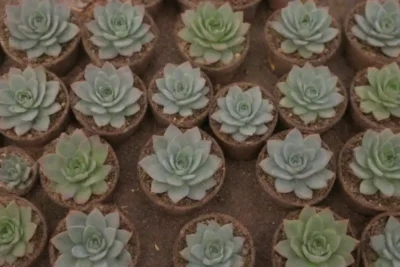
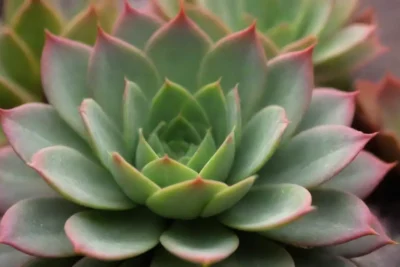
You Must Read